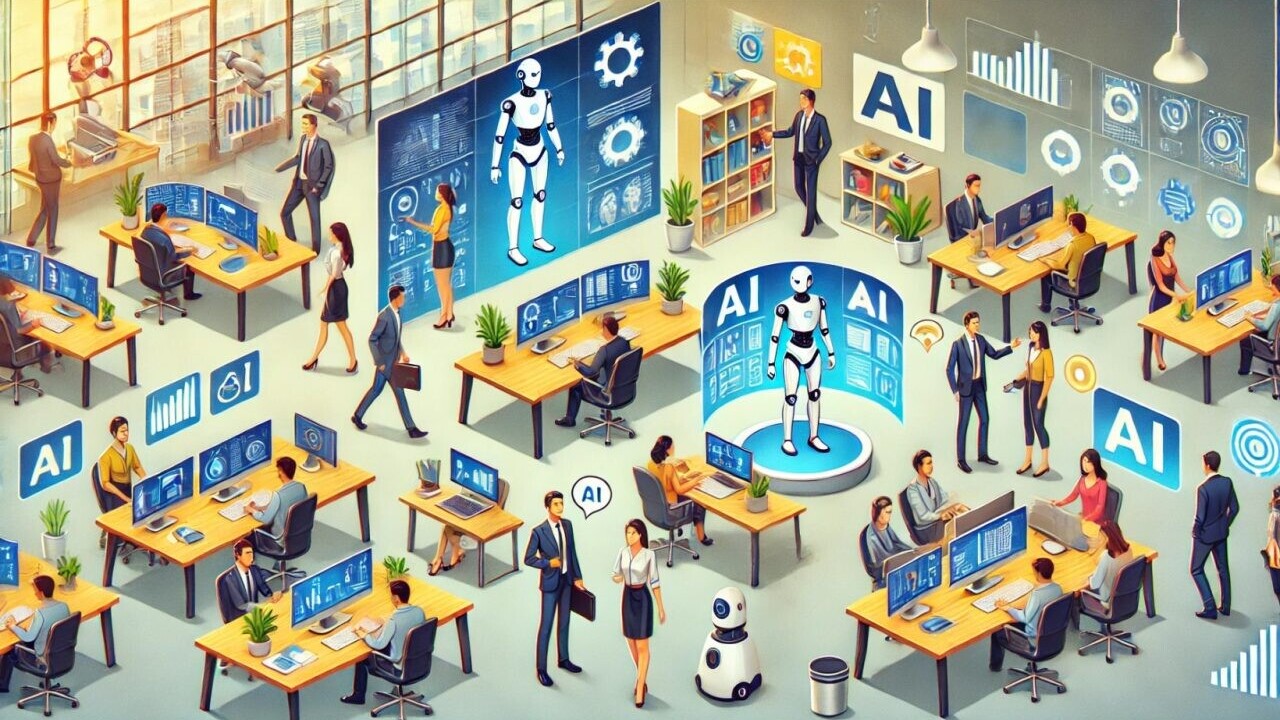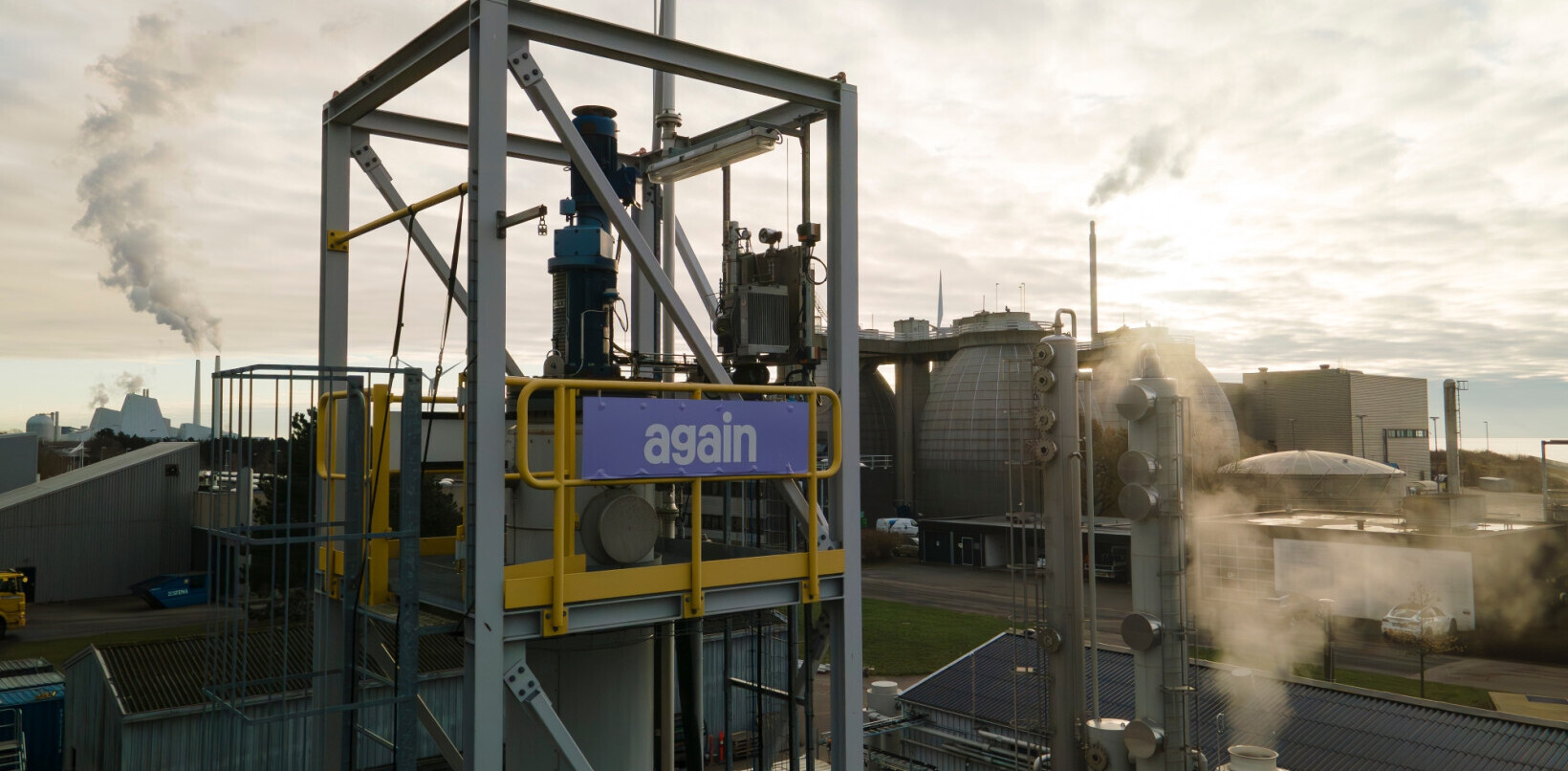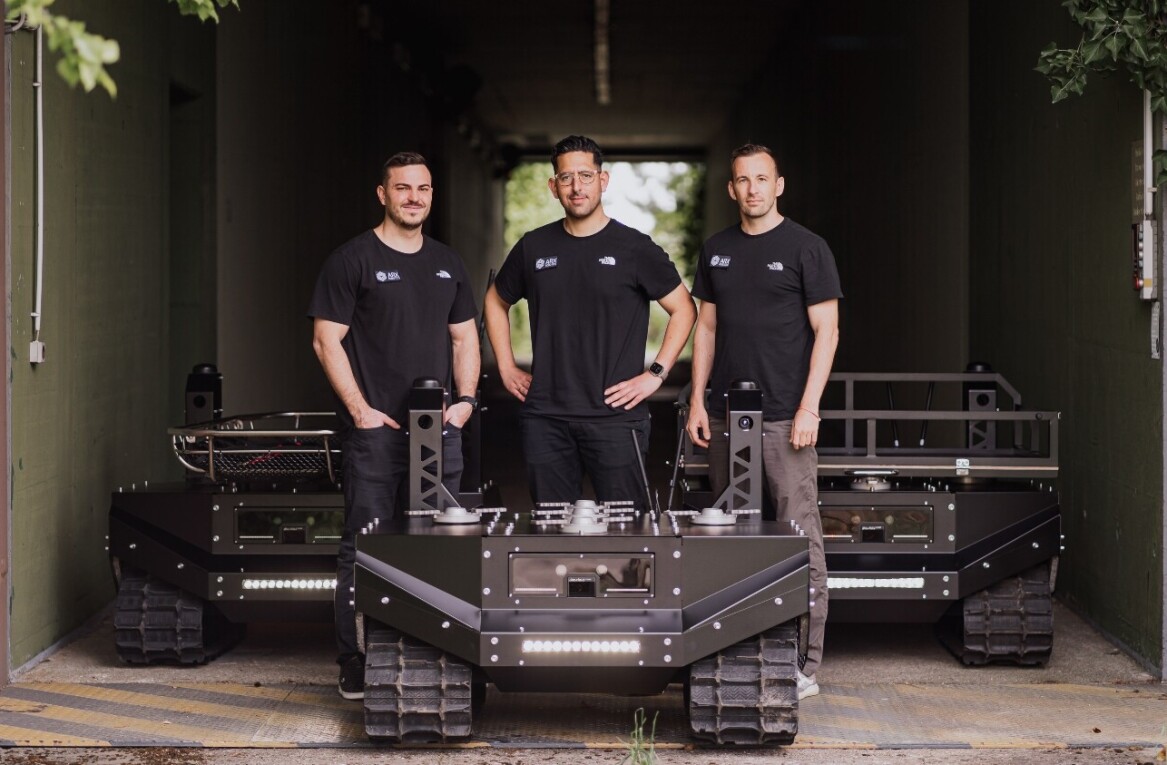
Remember when during the 2017 crypto-craze a beverage company renamed itself “Long Blockchain” and saw its stock price quintuple?
Today, much like back then, you’d be hard pressed to find a company that isn’t shouting from the rooftops about adopting the transformative technology du jour, i.e. artificial intelligence.
Those building AI tools and hardware are basking in investor and media attention, whereas those using them are quick to boast about driving evolution, optimisation, and productivity through cutting-edge technology.
In terms of impact on business and the world at large, AI is in a category of its own. Its seismic potential is nearly incomprehensible, with some drawing parallels to the advent of the internet.
But it’s precisely this fact that’s triggering 2017 flashbacks. How can every company suddenly be “AI-driven” in a chaotic landscape where new tools and new versions are being released every day, current tools exhibit serious flaws, and nobody knows what tomorrow will look like?
Are companies really systematically integrating AI into their products and processes? Or is it enough for Bob from HR to generate generic job descriptions with GPT-3 for the company to lay claim to being “AI-driven”?
While, unfortunately, I’m certain the latter is widespread, my interest lies with the former. Namely, what are the defining aspects of companies going all in on AI and how can we distinguish them from those just coasting on the hype?
To find out, I caught up with Philipp Muehlbauer, CEO of German POD startup merchOne — one such self-proclaimed AI-driven company. Philipp shared how AI has been integrated into merchOne’s processes and products, highlighting five elements that have been foundational to the company’s AI transformation.
1. Understanding the technology and recognising its potential
AI isn’t a passing fad, nor is it a single tool — it’s a transformative technology. Many people continue to associate AI with ChatGPT and their early experiences with generating an email or a disappointing article. But that’s missing the forest for the trees and recognising this is a prerequisite for undertaking comprehensive AI adoption.
Even if we confine ourselves to ChatGPT and its many wrappers, AI’s capabilities are extremely broad. You can digitise and automate processes that you couldn’t before. Anyone can analyse massive quantities of data in moments. Tasks that took weeks can now be completed in hours.
At the same time, dozens of AI tools targeting and automating specific use cases are coming out every day. “In the last 18 months, everyone has realised that what we believed about AI until then is nothing compared to what we should expect,” says Philipp.
Equating AI to any single tool or use case is myopic. For any company, recognising AI’s transformative potential is the first step to embracing it and kicking off a new way of working.
2. Undergoing comprehensive transformation
With its many applications, AI can permeate every facet of a company, including its product offerings. This can be extremely intimidating for any organisation. Where to begin? How to manage it all? How not to miss out?
These are questions of strategy, not of individual tools or use cases. Companies must take a holistic approach, systematically examining how AI can create value across their entire organisation — from products and services to internal operations. Without this comprehensive lens, implementing AI risks becomes an uncoordinated effort where the immense potential is squandered on disjointed use cases.
For example, merchOne’s AI strategy is based on three pillars:
- People — Influencing the organisation to get everyone to harness the power of AI (e.g. 1-on-1 coaching on AI use)
- Product — Constantly reflecting what AI changes in their life as a company (e.g. developing new products)
- Process — Levelling up business processes to better serve customers (e.g. analysing thousands of reviews to find and respond to pain points)
Of course, you need a North Star, and Philipp suggests customer satisfaction, as “ultimately, the customer needs to benefit all along the way, be it better customer service, smoother interactions with the company, or a better product.”
3. Enabling AI evangelists
Another hallmark of AI-driven companies is the presence and enablement of AI evangelists — individuals dedicated to staying at the forefront of AI technology. It’s virtually impossible for every employee to do so of their own accord, as people wouldn’t have the time nor the resources, even if it was just to keep up with the updates of the most popular tools.
Letting it rest on each individual also comes with risks, e.g. the adoption of a deluge of tools that complicate collaboration, pose security threats, and render documentation impractical.
Therefore, to drive the discovery of new tools and use cases, as well as ensure teams make the best use of existing ones, there must be leaders with the mandate to explore, test, and recommend AI tools.
This can be at an organisational level, or on a more granular one, where, for example, team managers take the lead, like in merchOne’s case — “We have certain AI evangelists within the organisation that invest more time into AI than others and they use this information to smarten up the team in their direct circle. “
4. Being first-movers
The sheer quantity of AI tools being released daily is not only daunting, but may also raise doubts about their quality and usefulness — running after the latest tools can be risky. Moreover, with AI improving by the day, one might worry that by the time a tool is adopted, it may already be outdated.
Of course, due diligence and caution are necessary. However, as Philipp advises, “If you wait for the perfect tool, you’ll wait a long time. Use what’s available, benefit as much as possible, learn what you can, and don’t be demotivated when you have to throw it away. The last 12 months have been crazy in terms of what’s possible and what’s not. A lot more is going to change”.
The rapid evolution of what’s on the market shows little signs of slowing and by the time must-have tools establish themselves, early adopters will come out with a clear advantage — both in terms of mature internal processes, as well as the hands-on experience to make the most out of these tools.
5. Transforming the workforce
Arguably the biggest determinant of successful AI transformation is having a workforce that has bought into continuous upskilling. This can be particularly challenging, as, given the popular media narrative of “AI is coming for your job,” it’s common for workers to view AI as a competitor, rather than an augmenter. Yet, this stance is incompatible with the growing demand for AI fluency.
Indeed, being open to AI is now a core requirement in merchOne’s recruitment strategy. To help every employee adapt to the new reality, the company has expanded its learning platform with AI-related content. It also offers 1-on-1 coaching and mentorship on how to work with AI, with over half of all employees taking the opportunity.
“We see our responsibility in helping our employees to ensure they have a career to look forward to. AI won’t be gone in a year, or two. It’s here to stay. Not learning AI is like not learning English in the business world — it just no longer makes sense,” notes Philipp.
Take it as it goes, but do take it
If there’s one takeaway about AI’s progress over the last year, it’s that nobody can really tell you where AI will be in the next 12 months. It’s advancing in leaps and bounds and not a week goes by without the big players making game-changing progress, and the small disruptors raising millions of dollars.
But the real benefits AI brings are already on the table. Don’t leave them there.
Get the TNW newsletter
Get the most important tech news in your inbox each week.





